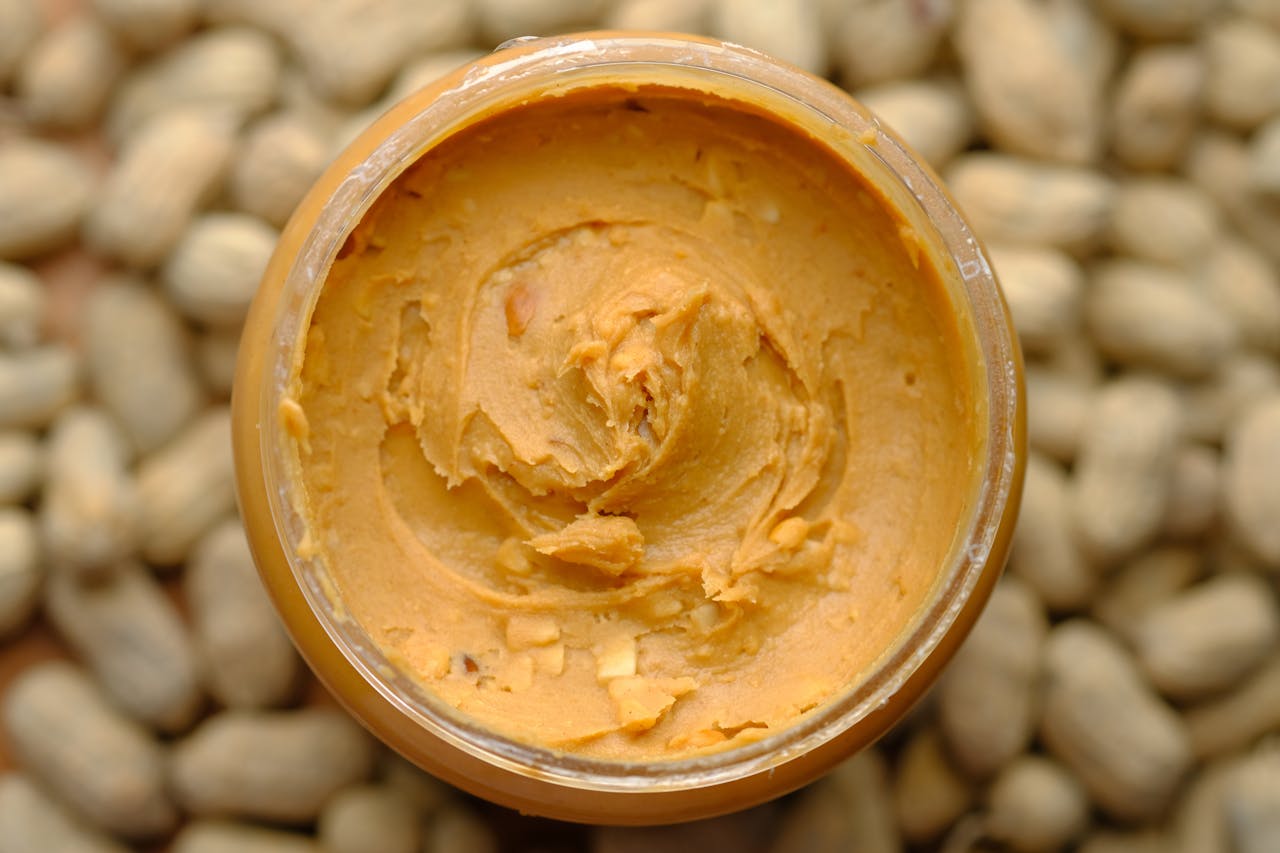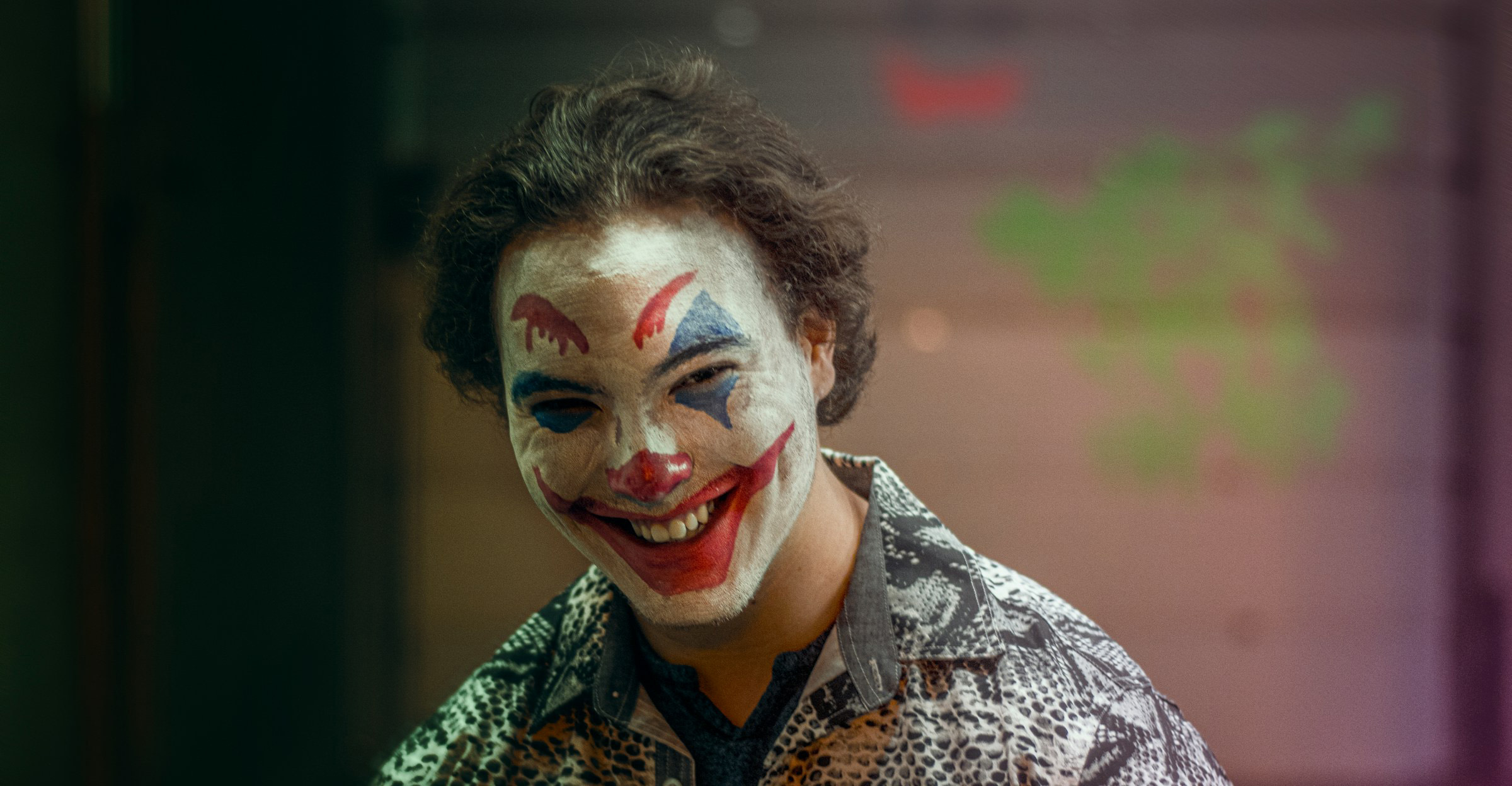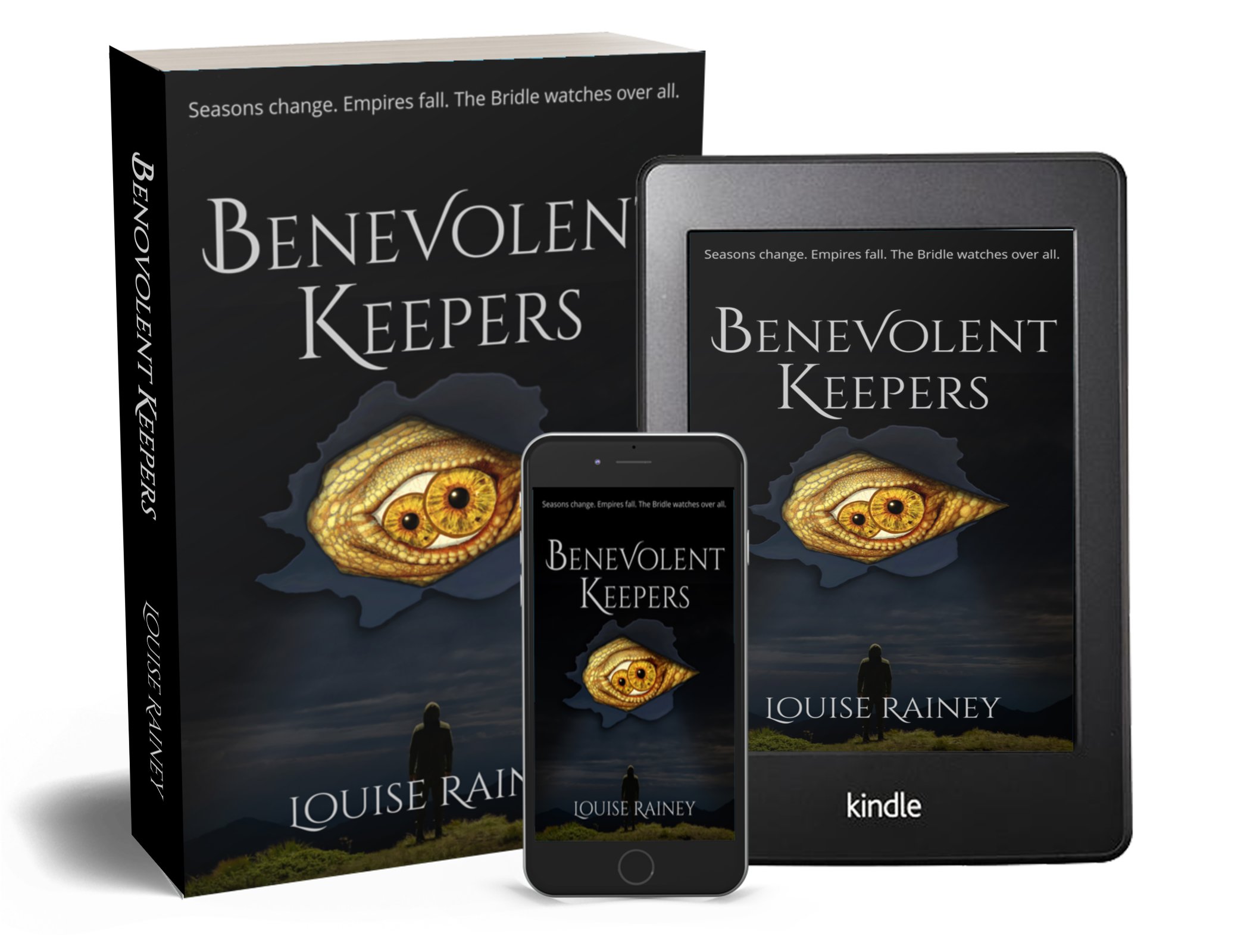I grew up on “Goosebumps.” RL Stine’s classic horror books were a staple in my elementary school classroom. Everyone read them, and there was always a long waiting list when the library received a new title. All the cool kids read them.
I was not cool. Not because I found the “Goosebumps” books terrifying, mind you. There were many, many reasons for my lack of coolness. I was a four-eyed, frizzy-haired, orthodontically challenged, nerd. My scaredy cat temperament was the least of my concerns. In an attempt to boost my popularity, I read Goosebumps after Goosebumps.
Some of these books formed such a visceral imprint on my psyche, I still remember them as an adult. Most have faded over time, but they left with me with an odd fascination for monsters. I seldom find myself reaching for a horror novel, but I adore a good monster. And there is no monster as fabulous as one that feasts on fear.
The concept of an emotion-eater isn’t rare in the monster world. JK Rowling wrote about dementors. Psychic vampires pop up everywhere from folklore to science fiction. There are a bazillion monsters that feed off fear, but none are dearer to my heart than mares. They’re fantastic. Terrible too, of course, but they add new depth to any story. I love monsters that can’t be humanized, and there is nothing less human than a being who gorges itself on the terror of its victims.
So, what is a mare? Depends on who you ask. Here in Texas, people will point out a female horse. If you ask someone from Northern or Eastern Europe, or a medieval historian, they might answer a little differently.
A mare is a creature that originated in Scandinavian and Germanic folklore. The exact word for this entity differed from group to group. Some called it a maere, mahrt, or mara but there are many pronunciations. The root of the English word ‘nightmare’ actually comes from this sleep-demon. Stories about this monster spread far and wide. This is hardly surprising. This creature is definitely frightening enough to cause general anxiety among the people superstitious enough to think about such things.
Just imagine it.
You walk into town to sell a few bits and bobs at the market. You see your cousin wave at you. Auntie will be furious if you ignore that annoyance, so you reluctantly walk over to see her.
“Did you hear?” Your gossipy cousin asks with a challenging tilt to her head. “A mare killed the miller’s son.”
You scoff. “That’s ridiculous. He probably just went to bed with wet hair. That’s what killed my neighbor’s grandmother.”
She shakes her head vigorously. Her eyes are far too wide to be believed. “He told my brother all about it. Only a week ago, he was sleeping like a baby. Then he started having these awful dreams. When he’d wake in the morning, he felt like he hadn’t slept a wink. Then he wakes up one night, and catches her in the act.”
“Who?” You ask. It’s all nonsense, of course, but you’re curious.
“The mare, silly. A beautiful woman was sitting on his chest, draining away his life force. He tried to push her off with all his might, but she wouldn’t budge. All night they struggled. When the sun rose, she turned into smoke and slipped through the crack under his door.”
“If he pushed her off, then how’d he die?”
“You’d know if you’d let me finish.” Your cousin says reproachfully. “He thought he’d scared her off for good. He told everyone about it, but I guess the mare heard him bragging. They’re vindicate creatures, you know. His mother found him dead in his bed this morning.”
You aren’t quite certain if she’s joking, so you find your mom and tell her the story. Mom waves away your worries. While mares are perfectly real, you’re a little young to be hunted. She finally agrees to get a charm that would keep all such creatures away. You’re too scared to ask if the miller’s son had one.
Snorri Sturlson, an Icelandic poet, spoke of mares in his 13th century Norse Yngling Saga. In it, he describes the disturbing death of King Vanlande of Upsal. After her husband had been on military campaigns for years, Queen Driva asks a sorceress named Huld to deal with her errant husband. Huld sent a mare. The king’s bodyguards caught the mare sneaking up on the king and rushed to shield his head. Without access to her favorite murder spot, the mare trampled King Vanlande’s legs. The king screamed as the mare crushed his legs like a millstone. The bodyguards attacked her. As soon as King Vanlande’s head was undefended, the mare stepped on him. Her heel drove through his skull like a ripe melon.
Fun.
Sturlson’s work only contributed to the mare’s legend. This sleep demon was around long before the Yngling Saga. Historians believe mares were inspired by sleep paralysis. Sleep paralysis is certainly disturbing, but it isn’t quite as disturbing as a monster sitting on your chest. The specific manner of death changed from culture to culture, though its victims were almost always a specific demographic: male and marriable. A demon in the guise of a beautiful woman would never creep into a woman’s bedroom. Even monsters have a sense of propriety.
Some believed these young men were scared to death. Others thought the mare crushed the victim’s chest or head. There were dozens of remedies and charms that could keep the bachelors safe, but somehow mares kept claiming lives.
If the victims were male, the perpetrators were always female. Most stories claimed mares were demons, however a few cultures believed women could become mares under the right circumstances. For example, in Poland, a woman whose fiancé married someone else could terrorize an entire village. Men, take note. If you break a woman’s heart, particularly if she has a unibrow or heterochromia, she may turn into a creature of nightmares. This might be preferable, as the alternative could be her taking to social media to discuss your bedroom capabilities.
All in all, the mare is a delightful fiend that haunted the bedrooms of medieval Europe. This monster inspired countless tales. Even today, we still reference it, however accidentally, when we talk about our bad dreams. I’ve used this monster several times in my own writing, though I’ve had to change a few details. I hope everyone can appreciate this monster and all it’s fabulous danger.
Author: Louise Rainey
Louise Rainey is an author and apocalypse enthusiast. Although she primarily writes in the fantasy and science fiction genres, she’s been preparing for a myriad of untimely disasters since childhood. It’s possible she might’ve read a few too many survivalist books at an impressionable age. Regardless, she’s ready to rock n’ roll at the first sign of zombies, and a Yellowstone eruption will never take her by surprise. When she’s not preparing for the demise of her Texas home, she’s baking, listening to the same song on repeat, or playing with her gorgeous cat, Robin and her monster-dog Percy.
Louise has a degree in psychology and neuroscience and an unofficial doctorate in Random Ridiculous Knowledge. As a child, she won several writing contests, and she’s been trying to top her blue ribbon at the state fair ever since. Her latest published books include Benevolent Keepers and The Frog Eater.
MAKE THE ULTIMATE CONNECTION!
Subscribe now and receive EXCLUSIVE content before anyone else sees it!






